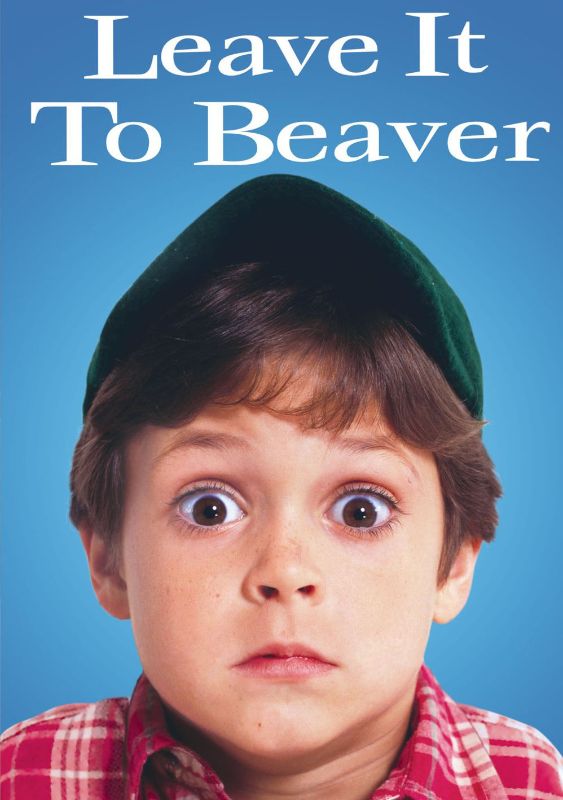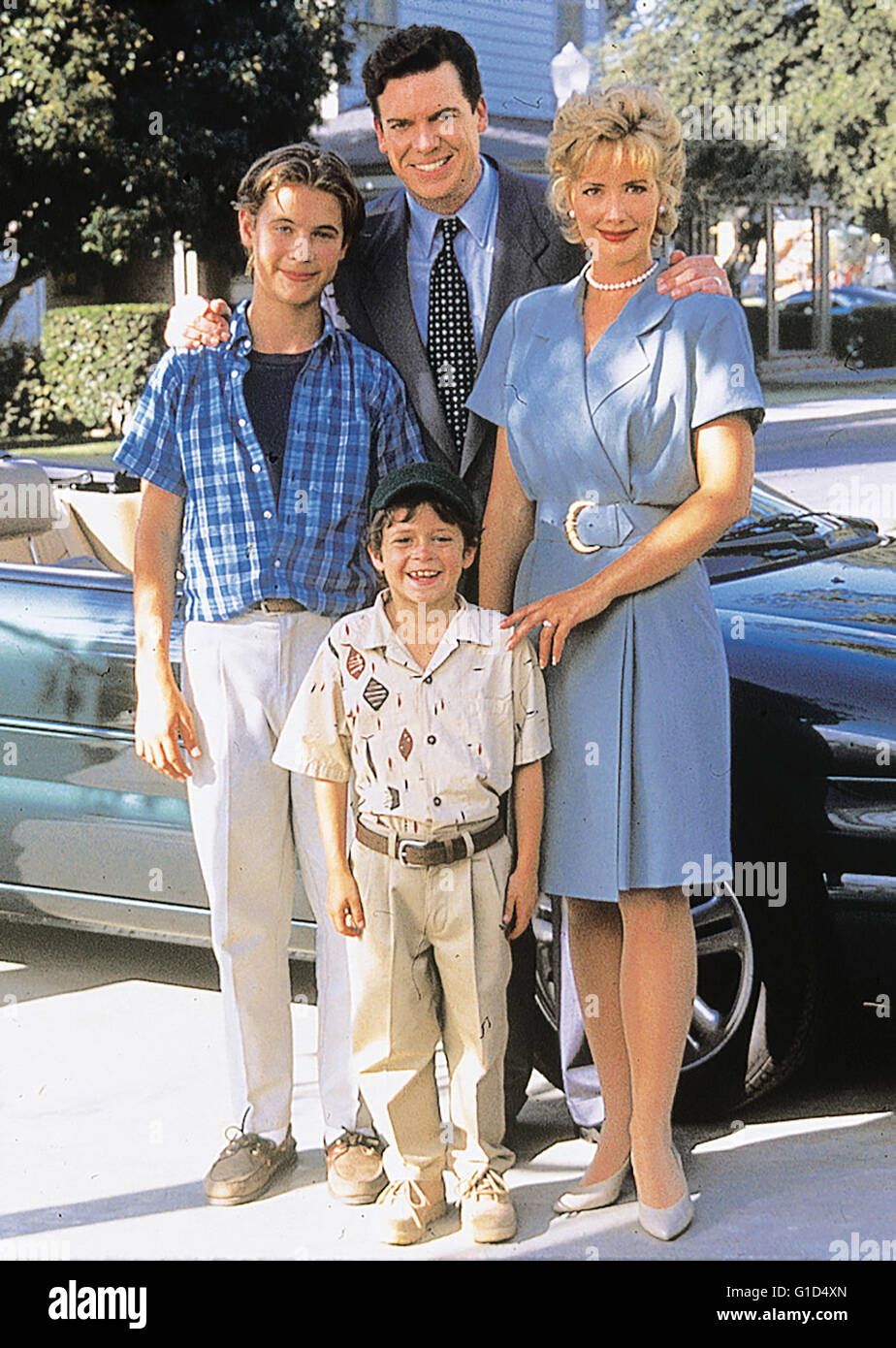Ever wondered how a seemingly simple television show from the late 1950s and early 1960s could become a cultural touchstone, encapsulating an era and shaping perceptions of family life? **Leave It to Beaver wasn't just a sitcom; it was a cultural mirror, reflecting and, arguably, reinforcing the values and aspirations of a generation.**
The show, which chronicled the everyday experiences of Theodore Beaver Cleaver and his family in the fictional suburban town of Mayfield, quickly transcended its status as mere entertainment. Its depiction of a perfect nuclear family – a stay-at-home mother, a breadwinner father, and two well-behaved sons – resonated deeply with audiences eager to embrace the American Dream and the postwar prosperity that promised it.
The series, which first graced television screens on CBS on October 4, 1957, before finding its true home on ABC, ran for six seasons, ending on June 20, 1963. During its run, Leave It to Beaver solidified its place in American television history. The show followed a specific format: It focused on the middle-class family, with themes like the relationship between the parents and the two sons and the daily struggle to handle adolescence.
The world Leave It to Beaver presented was, arguably, an idyllic and sanitized version of reality. The show provided a consistent and comforting narrative, depicting a world where problems were readily solved, and moral lessons were gently imparted. This idealized portrayal, while criticized by some for its lack of realism, offered viewers a sense of stability and optimism during a time of social change and Cold War anxieties. The show introduced archetypes that became common in sitcoms. The perfect nuclear family was a significant theme, showcasing the ideal household at the time. This portrayal reinforced stereotypes, such as the dutiful homemaker and the wise father.
The term Leave It to Beaver itself entered the American lexicon as slang, its meaning evolving over time. Originating in the United States during the 1950s and 1960s, the phrase became synonymous with a picture of an idyllic, and often naive, domestic life. It could be used to describe a situation or environment characterized by wholesomeness, simplicity, and an absence of serious conflict, similar to the show's own representation of family life.
The show, created by Joe Connelly and Bob Mosher, captured the essence of social interactions and ideas of the time, offering the audience to experience the non-existent idealized and sanitized suburban world. One might argue that the show’s success lay in its careful construction of an ideal world. The show's writers and directors crafted a reality where issues, though present, were addressed and resolved with a degree of predictability. Even seemingly complex issues like schoolyard politics or misunderstandings between parents and children were often resolved within a single episode, reinforcing the sense of order and control that many viewers sought in their lives.
Considered alongside other family sitcoms of the era, such as Father Knows Best, The Donna Reed Show, and Ozzie and Harriet, Leave It to Beaver distinguished itself through its specific focus on the perspective of a child. While other shows also dealt with family dynamics, Leave It to Beaver centered its narrative around the experiences and perceptions of a young boy navigating the challenges of childhood. The show's success also owed much to its casting. The performances of Jerry Mathers (Beaver), Barbara Billingsley (June Cleaver), Hugh Beaumont (Ward Cleaver), and Tony Dow (Wally Cleaver) were integral to its appeal. Their portrayals resonated with audiences who saw in them reflections of their own families or, perhaps, the families they aspired to have.
The show also had a peculiar symbolism. The dictionary definition of cackerel is a small worthless Mediterranean fish considered poisonous by the ancients. Again, the aquatic reference is evident. Leave it to Beaver is designed to show that the elements that are seemingly created randomly in the making of a show are not so random.
But what about the lasting impact of Leave It to Beaver? Did this carefully constructed world inadvertently contribute to a more rigid definition of American family life? Did it inadvertently reinforce certain stereotypes about gender roles and societal expectations? While the show's intentions were undoubtedly innocent, its legacy is complex. It reflects both the aspirations and the limitations of its time, offering a valuable glimpse into the American cultural landscape of the late 1950s and early 1960s.
The idealized portrayal of the Cleaver family, though perhaps unrealistic, has undeniably left its mark on the cultural landscape. From its carefully constructed narratives to its unforgettable characters, Leave It to Beaver continues to fascinate and spark discussion, reminding us of the enduring power of television and the stories it tells.



